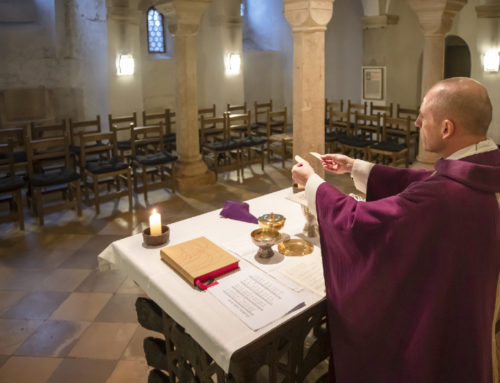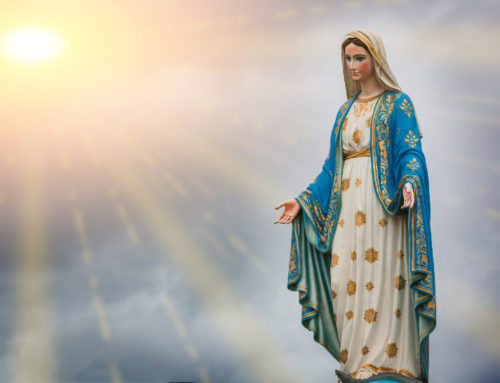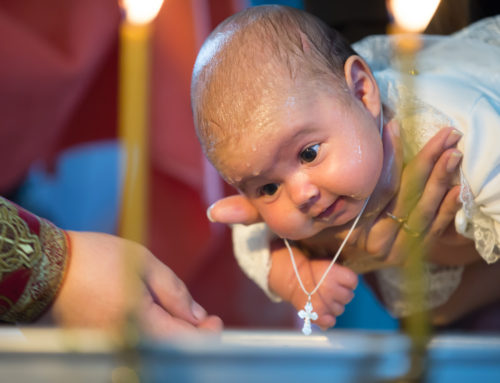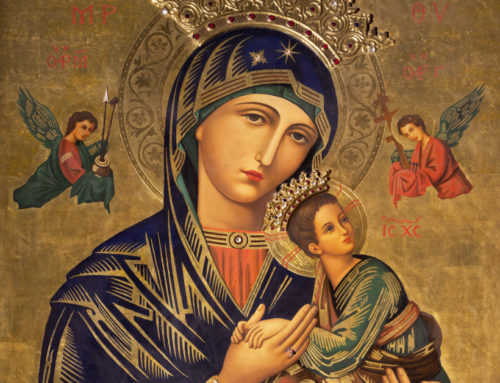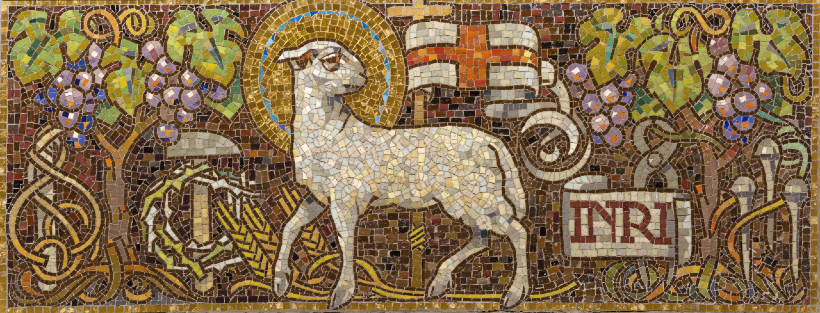
photo of the symbolic mosac of Lamb of God by Renáta Sedmáková
What do you mean by “a New Rome”?
This term has been used twice in the history of the church. First, it was used by those who moved to Byzantium with the Roman emperor when he established his new capital there (AD 324). Thus, Byzantium (renamed Constantinople) became the “New Rome” because it was the capital of the eastern part of the Roman Empire.
Still later the term would be used by the Russians who, shortly after the fall of Constantinople in 1453, called Moscow the “New Rome.” as an aside, Patriarch Bartholomew (the Orthodox patriarch of Constantinople, sometimes called the “Ecumenical Patriarch”) has recently condemned the idea of Moscow as the Third Rome. Still, the Russian Orthodox Church has held that this position must be maintained because it was prophesized by Saint Seraphim of Sarov. The scope of this book precludes us digging deeper into this issue, so we’ll let it go at that.
In your answer to Question 2, you used the term Liturgy and capitalized it. I’ve seen this term used in different contexts, so how are you using it?
Good question! The word liturgy comes from two Greek words: ergon meaning “work” and laos meaning “people.” Thus, the term liturgy means “the work of the people.”
As used here, the term Liturgy refers specifically to the formal public prayer of the church. this includes the Mass, the Liturgy of the Hours (what clergy, religious, and some laypersons pray as part of their spiritual or communal life), and other formalized rituals.
Now that we’ve mentioned the Mass, we probably ought to explain the term Mass. In chapter 2 of the Acts of the Apostles we read about the community gathering on the first day of the week for the breaking of the bread. The phrase “breaking of the bread” refers to the celebration of the Eucharist. The formal term for this celebration is the Liturgy. In the Latin Church this term was eventually dropped, and the term Mass came into common usage based upon the Latin dismissal at the end of the Liturgy: Ite missa est (which is freely translated as “Go, the Mass is ended”). In the Eastern Churches that follow the Byzantine tradition, the generally accepted term is Divine Liturgy. Churches that follow the Syriac tradition tend to use the word Qorbono, a Syriac word meaning “to offer,” or Quddas, an Arabic word meaning “to make holy.” Chaldean Catholics have adopted the term mass for their Liturgy, as do the Syro-Malabar and Syro-Malankara Churches.
Excerpt from Faulk, Edward. 101 Questions and Answers on Eastern Catholic Churches. (Paulist Press: Mahwah, NJ) 2007.

